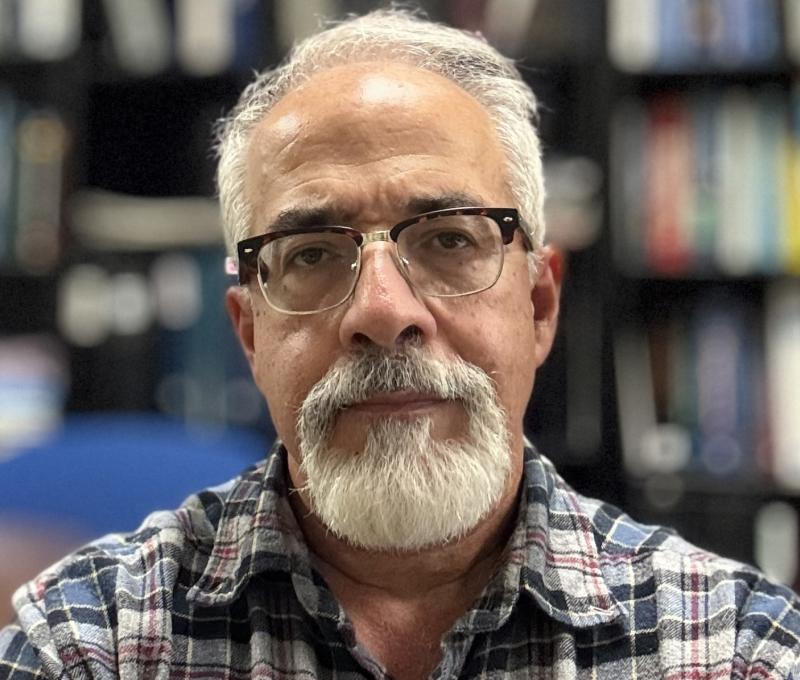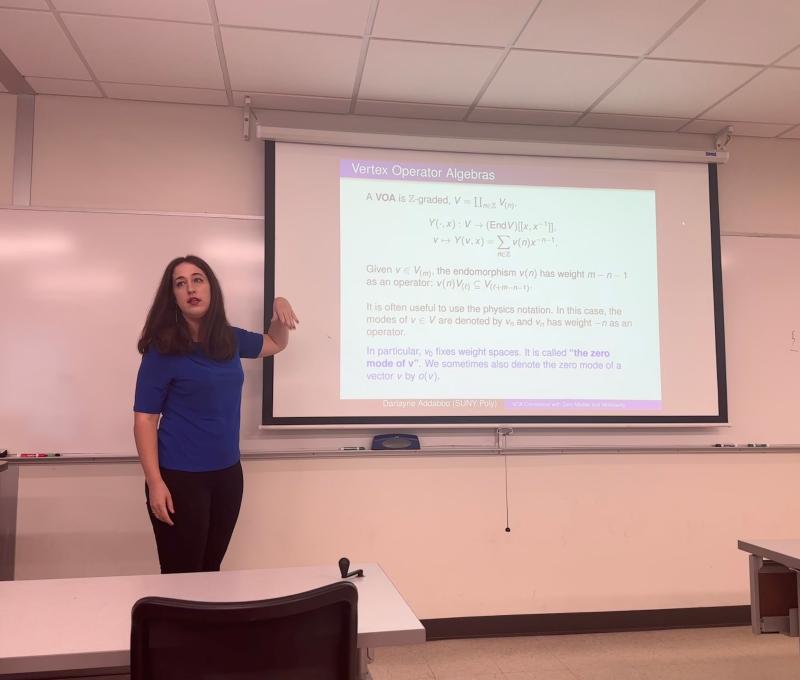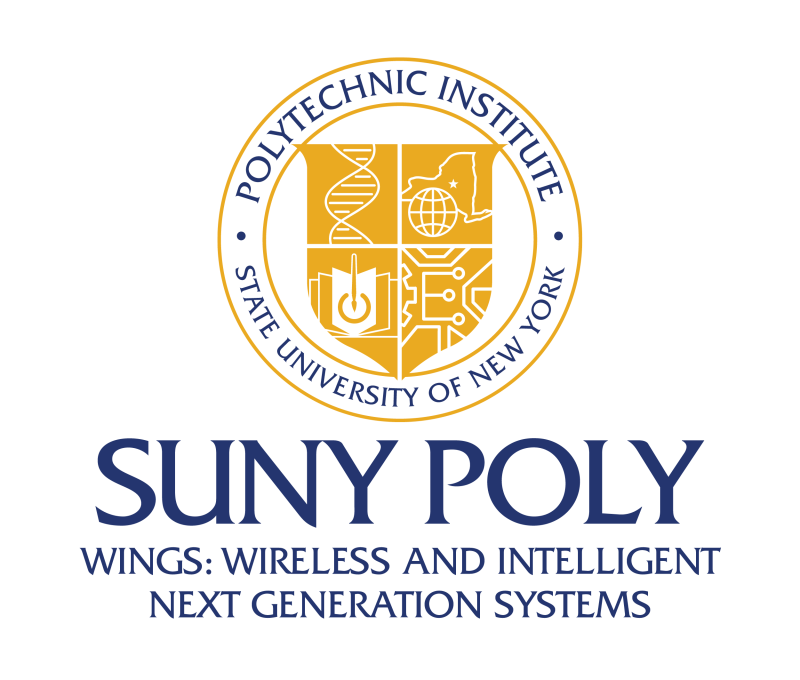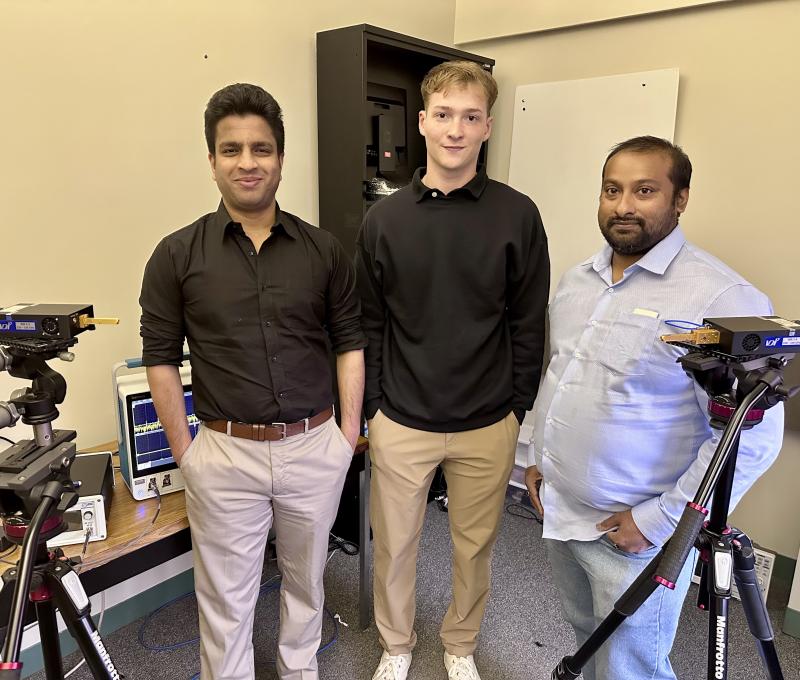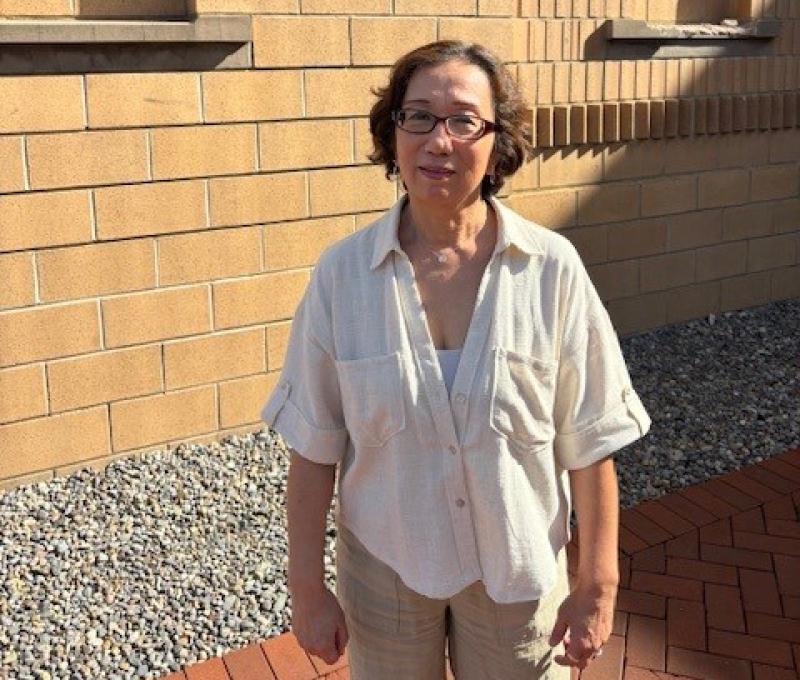Dr. Leung Delivers Invited Talk at International Telescope Conference

Dr. Shing-Chi Leung, Assistant Professor of Physics at SUNY Polytechnic Institute, delivered an invited review talk at the XRISM International Conference 2025 in Kyoto, Japan, on October 22. His talk, titled “Supernova Nucleosynthesis: How Precise Chemical Abundance Measurements Shape Future Stellar and Supernova Modeling,” explored the latest advancements in understanding stellar evolution and supernova explosions.
XRISM (X-Ray Imaging and Spectroscopy Mission) is a space telescope jointly developed by NASA (National Aeronautics and Space Administration), JAXA (Japan Aerospace Exploration Agency), and ESA (European Space Agency). Launched on September 7, 2023, in Japan, XRISM is currently in operation, collecting high-resolution X-ray spectra from supernova remnants, galaxies, and galaxy clusters. These data allow astronomers to study the kinematics and chemical compositions of cosmic systems. XRISM succeeds its sister mission, Hitomi (Astro-H), which ceased operation in 2016 due to maneuvering issues.
The 2025 conference marked XRISM’s first international gathering, bringing together astronomers and theoretical astrophysicists to share new findings and insights.
In his presentation, Dr. Leung reviewed how past X-ray spectral measurements have provided new perspectives on stellar physics and the mechanisms driving supernova explosions. He also highlighted current challenges and inconsistencies in theoretical stellar models, emphasizing how XRISM’s new data could help resolve them. Specifically, he discussed how individual chemical elements trace distinct physical processes within stars and their explosive deaths as supernovae.
“I am excited about the launch of this telescope,” said Dr. Leung. “The precise new data will bridge the decade-long gap in X-ray spectroscopy. For many objects, this will be our first opportunity to quantitatively test whether certain theoretical models hold true. In the past, measurement uncertainties were often too large for us to make definitive conclusions. I hope this talk helps astronomers better connect their abundance measurements with theoretical models—fostering greater synergy between observational and theoretical astrophysics.”
During the conference, Dr. Leung also shared updates on newly launched projects aimed at developing formation models for supernova remnants within the Milky Way Galaxy.
Dr. Leung acknowledges the support of the National Science Foundation under Grant AST-2316807.

